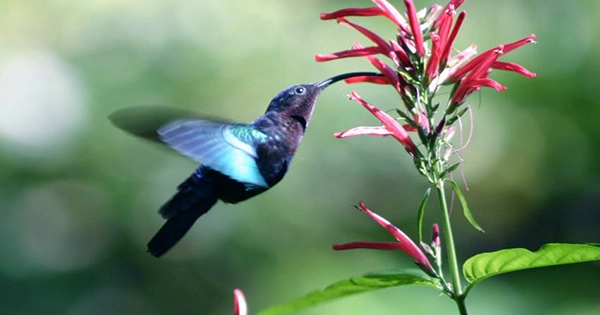You might not be delighted if you awoke as a flower and discovered yourself rubbing up against a mouse. New research, on the other hand, has emphasized the potential function of rats as pollinators in ecosystems where they compete with birds for food, particularly nectar. They get their filthy mitts smeared in pollen as they steal the sugary treats from the clutches of birds before moving on to the next blossom. But, even if it’s from an odd source, might this supermarket sweep not be considered pollination? In a publication published in the New Zealand Journal of Ecology, the possibility is examined.
They’re fluffy, smart, and they even giggle. Isn’t it the stuff of dreams? Despite this, humans and rats continue to have a contentious relationship. Part of the PR problem with Rattus rattus is that they may proliferate like crazy, invading native species’ habitats and displacing them in the environment. In New Zealand, where invasive “ship rats” have decimated populations of multiple native bird species, this aversion to rats is intense. Because getting rid of rats is no easy task (though it was accomplished on an isolated island off the coast of South Georgia), focusing on contact points is a good place to start when trying to protect birds from rats.
Using this strategy, researchers have discovered that seed masts are a favorite pillar for both birds and rodents to loot. Floral nectar, on the other hand, provides a potentially unappreciated opportunity for rat-bird interactions, according to this recent article. The authors of the manuscript used camera traps to watch multiple clutches of mountain flax in a wetland environment to see who stopped by for a bite. The footage from nine days of filming revealed that a rat (or rats) were certainly visiting the flax and looked to be drinking its nectar several times over the course of six evenings.
They only only witnessed one rat at a time nibbling on the nectar, so it’s unclear if it was the rogue conduct of a single inspired individual or a group activity. Silvereyes and starlings both visited the same plants, indicating that these invasive and native species are vying for resources. However, it remains to be seen whether the rodents’ activity is significant enough to obstruct the birds. The rodents weren’t destroying everything in their path, as they usually do, but instead were traveling through the flax without breaking or nibbling off petals.
The rat(s) may be visiting multiple flowers in a row, similar to a bee on pollination patrol, because the jaw movement captured on camera appears to indicate the animal was drinking rather than biting. This is an important distinction because it means the rat(s) may be visiting multiple flowers in a row, just like a bee on pollination patrol.
The study authors concluded, “Our results suggested that the ship rat may function as a novel pollinator to mountain flax.” “Flax-eating birds are easily distinguished by the brilliant orange-yellow pollen that sticks to their feathers. This pollen is likely to adhere to the rat guests’ fur and be vectored to other flowers while the rats dine.” Who knows, maybe one day we’ll be teaching our children about birds and bees… and rats.
















